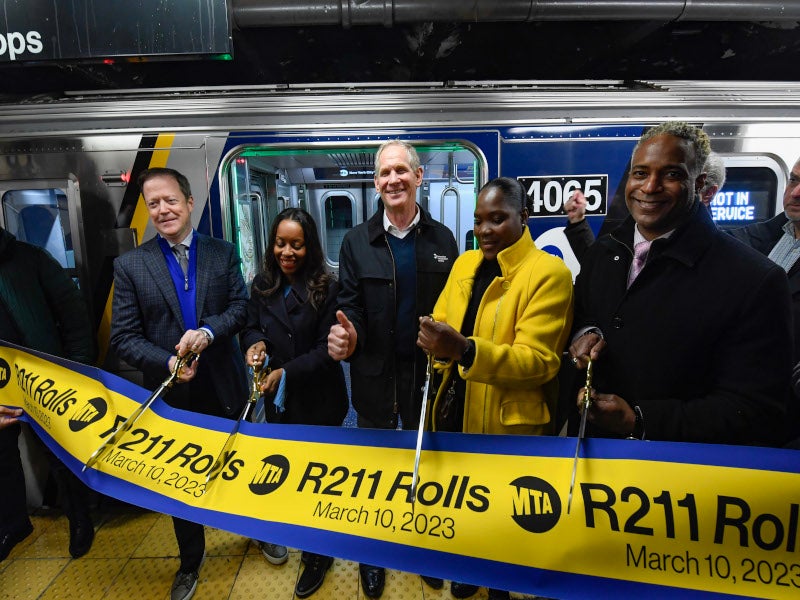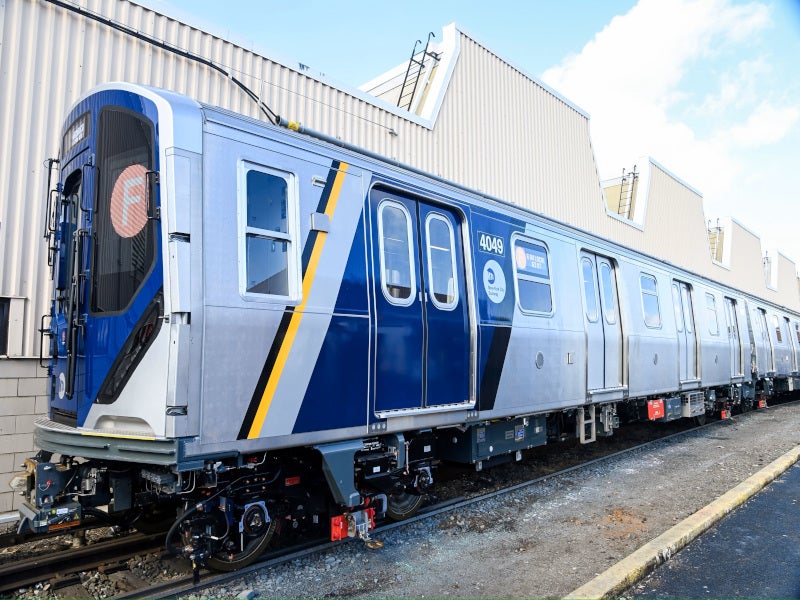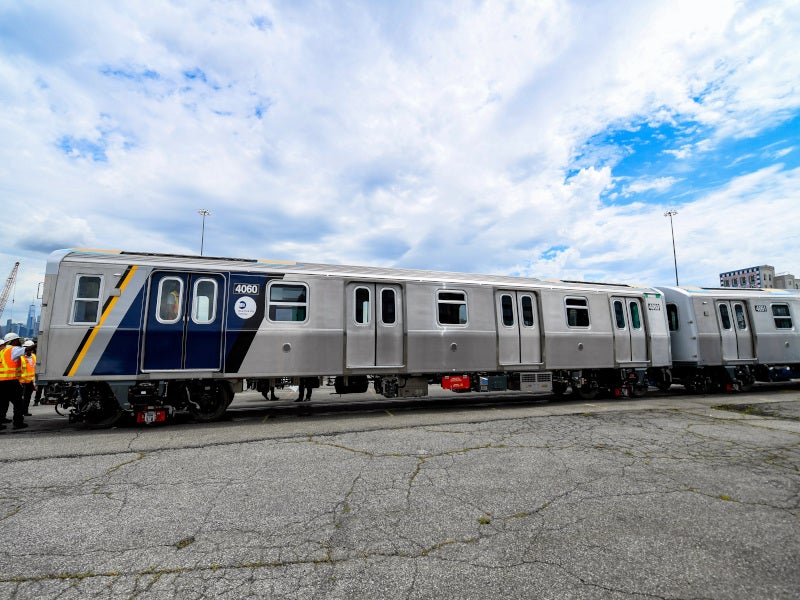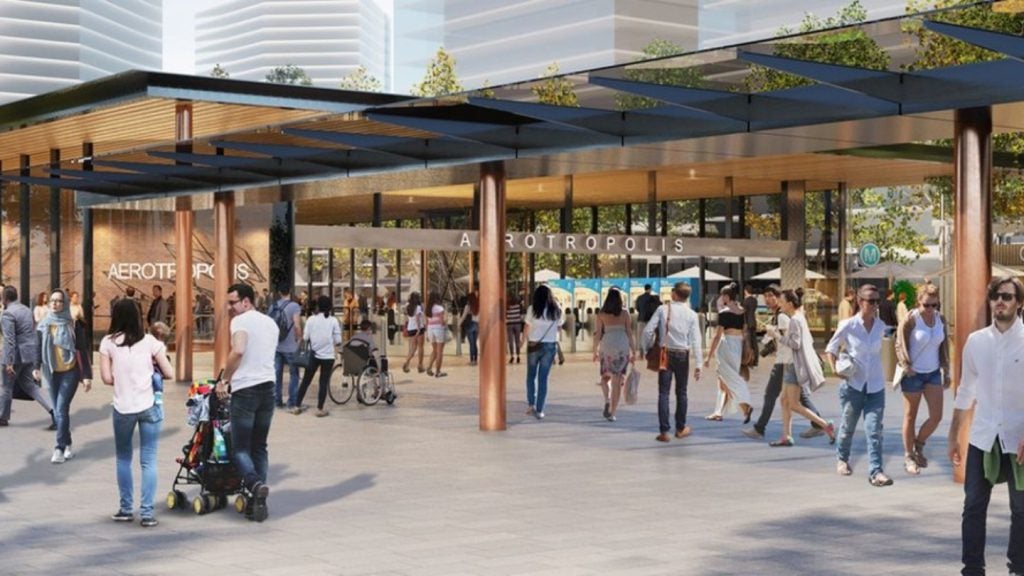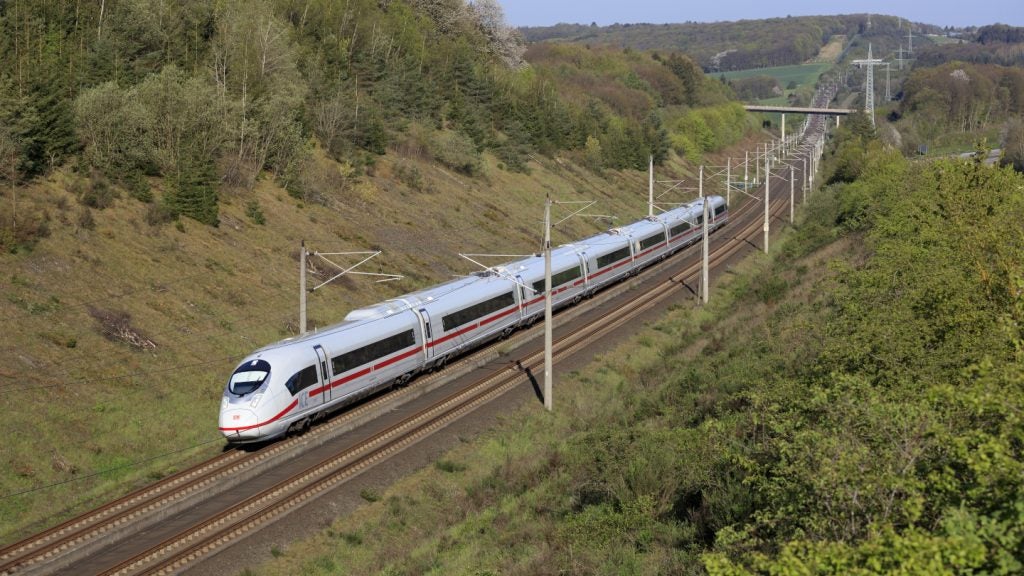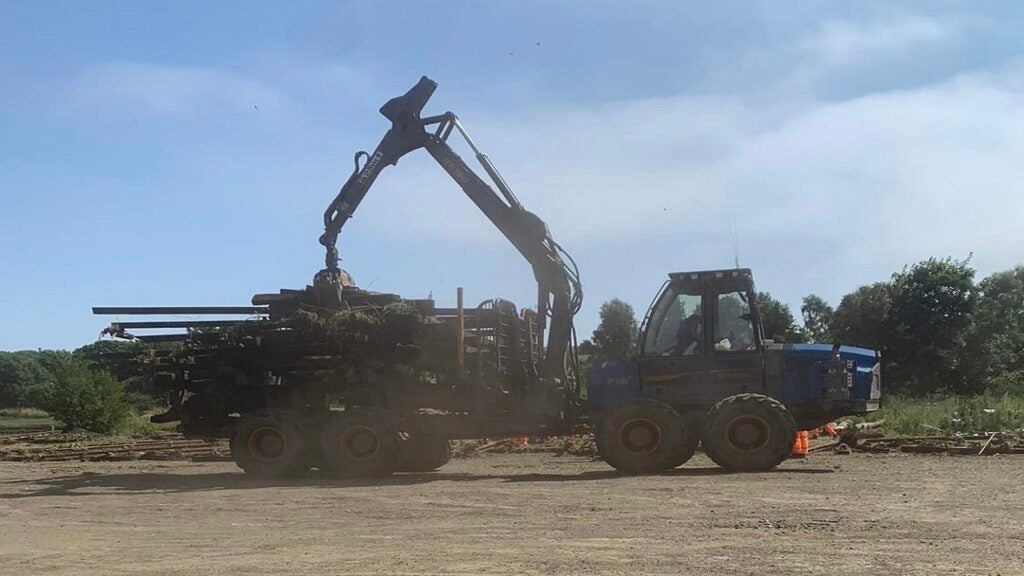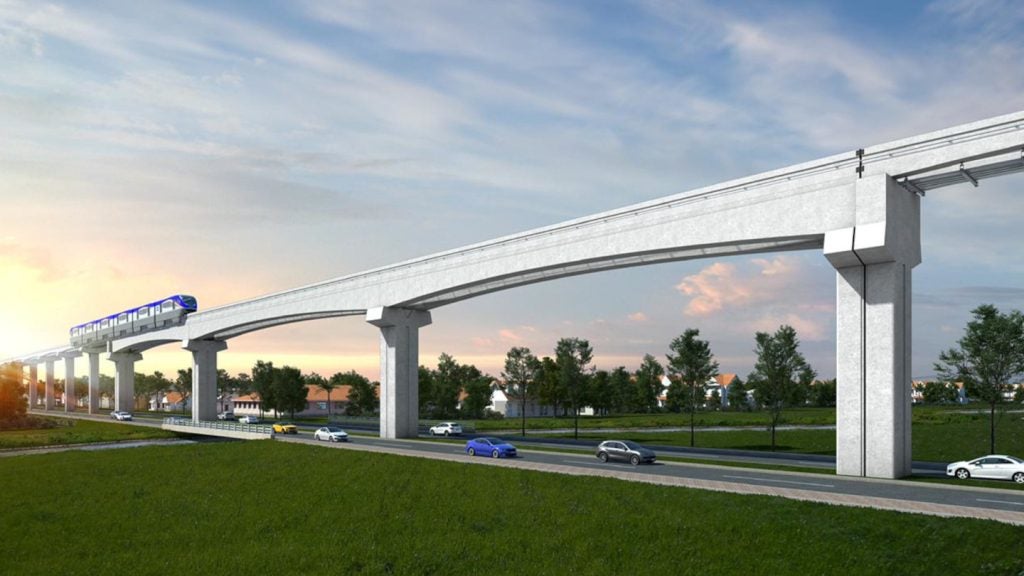The R211 subway car is a next-generation subway car built by Japanese rolling stock manufacturer Kawasaki Rail Car for New York City’s subway system. The new vehicles are being inducted as part of New York City Transit’s (NYCT) modernisation to provide improved passenger services.
The subway cars were unveiled by the New York City Metropolitan Transportation Authority (MTA) in July 2021. The MTA is investing $6.1bn in rolling stock, including the R211 cars, in its current capital plan. The new cars are intended to replace the R46 models that have been in service with the MTA for 40 years.
The R211 cars are being assembled at Kawasaki’s facilities in Lincoln, Nebraska and Yonkers, New York. The Lincoln facility is engaged in the manufacturing of car body structures and the installation of interior equipment, while the Yonkers and Lincoln facilities are responsible for the final assembly and function testing.
The first standard R211 subway cars entered service on the A (8 Avenue express) Line in March 2023.
The open gangway configuration R211 cars were unveiled at the Coney Island yard in Brooklyn, New York, in February 2023.
These trains are currently undergoing testing and are expected to be operational in the fourth quarter (Q4) of 2023. Depending on successful testing, MTA will decide on future purchases of rolling stock with open gangways.
R211 orders and deliveries
The MTA and NYCT awarded a purchase contract worth Y156bn ($1.45bn) to Kawasaki for 535 new-generation R211 series subway cars in January 2018.
The contract also includes options for an additional 1,077 vehicles, which, if fully exercised, will increase the total number of vehicles to 1,612 and the total contract value to Y400bn ($3.69bn). The base order is for the delivery of three types of R211 subway cars, including 440 standard NYCT (R211A) cars, 20 open-gangway (R211T) cars, and 75 Staten Island Railway (SIR) (R211S) cars.
The additional options include 640 cars in the first option and 437 in the second option.
The MTA board approved the first option in October 2022.
The delivery of cars under the first option is anticipated to take place between early 2025 and 2026.
Design and features of R211 subway cars
The new R211 subway cars feature a sleek design and a full-colour digital line identifier along with an end route sign.
The door of the subway car is 58in wide, 8in wider than normal doors on the existing vehicles. The wider doors enable quicker movement of passengers and minimise the amount of stopping time at stations.
Colourful door lights are integrated to notify passengers which side the doors will open to exit the train.
Floor graphics at the doorway alert passengers to clear boarding areas, while niches are installed adjacent to the doors to ensure passengers stay away while the train is on the move.
The new cars include an improved interior design, network-based controls and a communication-based train control system.
Monitoring systems integrated into the vehicles send important information to the wayside, while multiple digital screens display real-time passenger information.
Improved horizontal and vertical grab rails, including looping vertical poles, provide better safety by providing multiple gripping options for persons of various heights. The cars are equipped with brightly coloured grab rails to assist those with visual impairments.
Open gangways are being incorporated into 20 of the cars ordered in the initial contract, connecting individual cars with accordion-like walls. The gangways allow the passengers to move freely between cars.
Traction system
The new R211 Subway car features a traction system named OPTONIX, which is similar to the one used by MTR CNR Changchun electric multiple units and Buenos Aires Series 300 underground cars.
Designed and developed by Alstom, the OPTONIX propulsion system helps to reduce travel time and increase the frequency of train operation.
Contractors involved
Antenna Design New York, a design and architecture firm based in the US, was awarded a contract to design the exterior, interior and customer information displays for the new R211 subway cars in 2017. It also produced a full-scale mock-up presenting the new design and features to the public.
Transportation engineering firm Hatch LTK is overseeing the supervision of the design, manufacturing, delivery, testing and acceptance of the R211 cars built by Kawasaki.
Jacobs Engineering Group, a joint venture between LTK Engineering Services and CH2M Hill New York, was contracted to provide post-award consultancy services for the New York subway vehicles.

